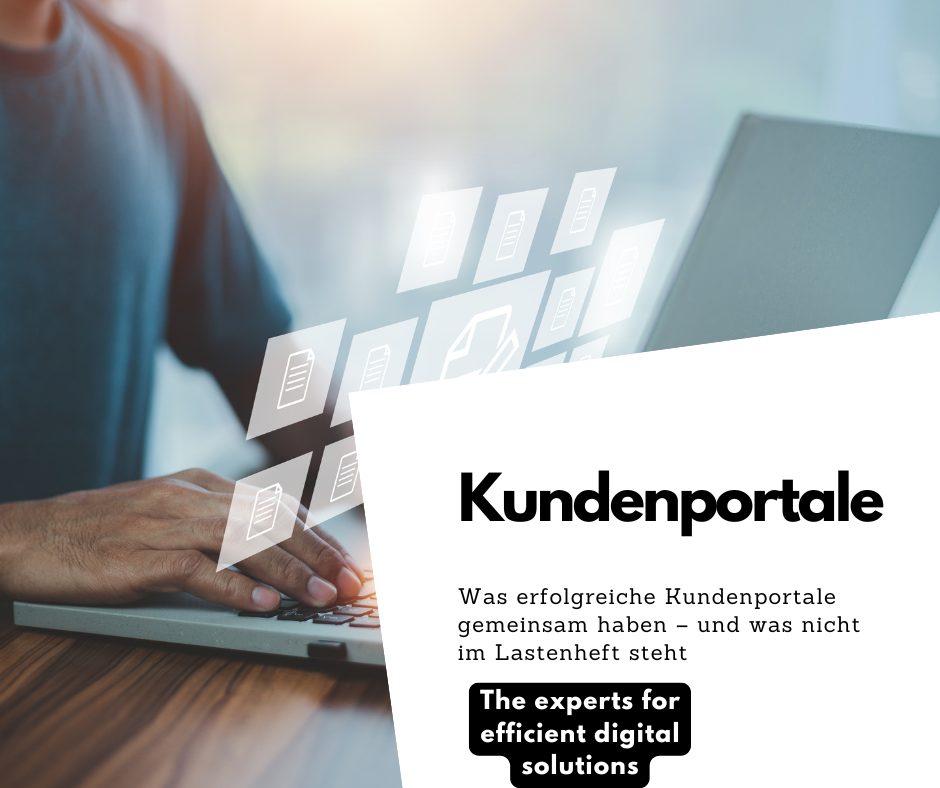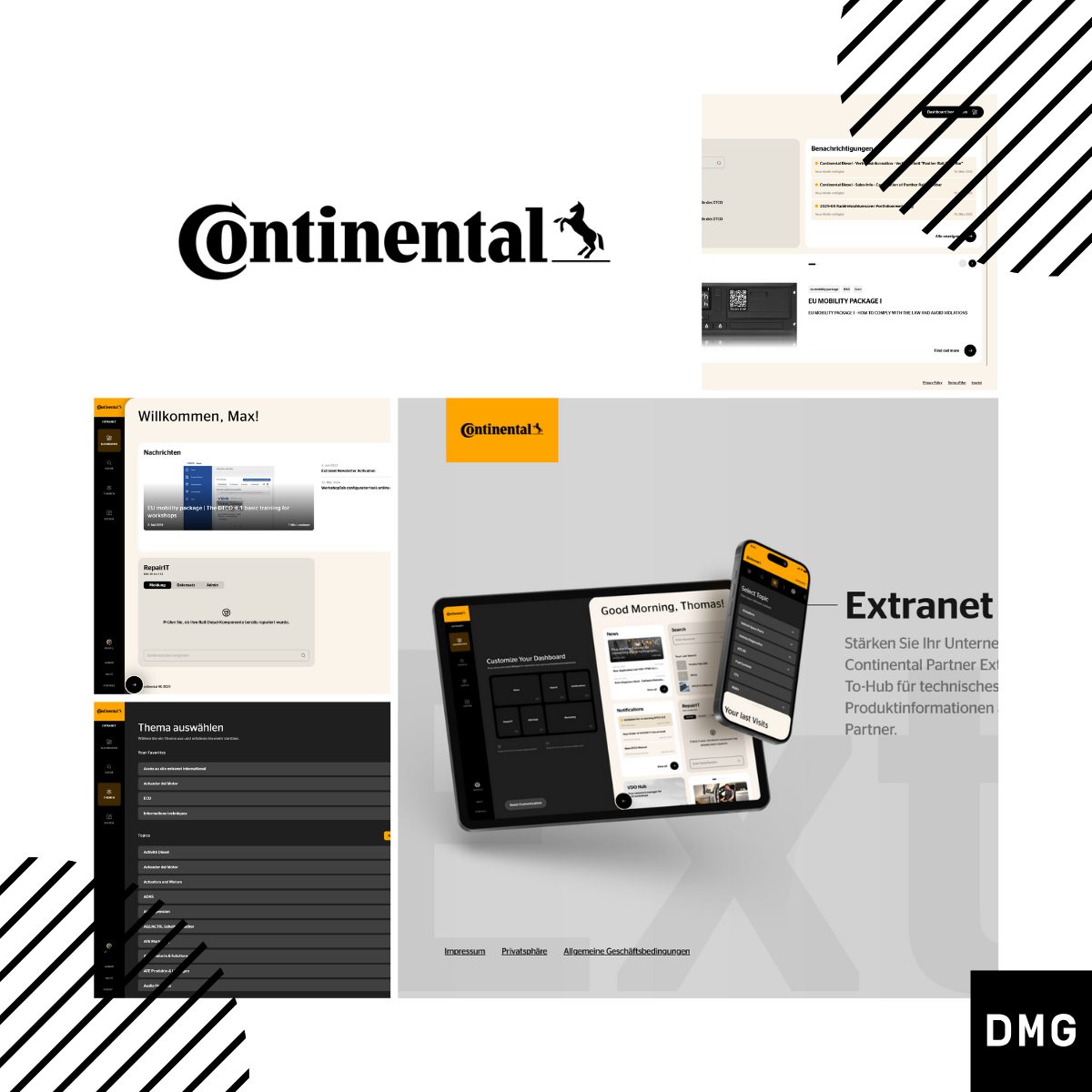What successful customer portals have in common – and what is not in the specifications

The best code is useless if users bounce
A perfectly set-up tech stack, clean interfaces, stable infrastructure – it’s all there. And yet the portal still falls short of expectations. User numbers are stagnating, feedback from the specialist departments is subdued and, in the worst-case scenario, the target group is migrating back to the analog channels or third-party tools.
Sound familiar to you? Unfortunately, so do we.
Because in over ten years of portal development, we have seen this time and again: The purely technical quality of a customer portal does not guarantee success. What is considered “implemented” on paper is not automatically usable, understandable or relevant. And this is precisely the difference between a completed project and a genuine digital product that lives, grows and makes an impact.
The blind spot in portal planning
Most tenders, kick-offs or scoping workshops are similar: there is a comprehensive specification sheet, technical requirements are precisely defined, roles and processes are clearly regulated. But one central aspect often remains strangely vague – or is missing altogether: what does it actually take for the portal to work in everyday life and bring real added value?
We are not talking about features here. We are talking about ownership, user acceptance and continuous development.


Too often we see portals being thought of as one-off IT projects – with go-live as the goal. However, the go-live is not a goal, but a starting point. Without a clear sense of responsibility on the customer side, without a real user perspective and without a plan for the “afterwards”, the most beautiful portal remains just that: a static system with no effect.
And that is not in any of the specifications.

The moment we changed our understanding of portal projects
It was a large B2E portal, technically solid, cleanly documented, implemented on schedule. Everything went according to plan – except for the feedback. Because there was hardly any. No complaints, but no real engagement either. The users didn’t log in. Or only once.
We investigated, analyzed and conducted interviews. The findings were sobering: the functions were there – but no one felt responsible for operating them, developing them further or promoting them internally.
That was the moment when we realized: No matter how good the software we build, if the project doesn’t have an “internal engine” on the customer side, it will come to nothing. From then on, we thought about our projects differently. Not as a service provider that fulfills requirements. But as a partner who thinks along, questions – and sometimes stops if something doesn’t seem to make sense.
Three success factors that are not in the specifications
We have learned a lot from such projects. Above all, the difference between a functioning portal and a successful portal rarely lies in the feature set – but almost always in the way it is conceived, supported and further developed.
Here are three success factors that we now consciously address with our customers – even if they are not included in any specifications:

In our view, these three points determine whether a portal ultimately has an impact – or is simply “live”.
Conclusion: Think portals with substance
A customer portal is not an IT project. It is a digital product – with business impact, user expectations and real potential for change. And that is precisely why it is not enough to work through requirements and build systems.
Success is created where substance meets structure: when ownership is clear, users are considered from the outset and further development is the rule rather than the exception.
In our projects, we have learned that this is rarely written in a specification sheet – but this is where the difference begins.

Successful together in the digital transformation –
Your introductory meeting with DMG
In our introductory meeting we will discuss
- what your current challenges are in digital projects
- how other companies have done it and how you can use this to your advantage.
- what needs to be done now and whether we are the right people for the job.
